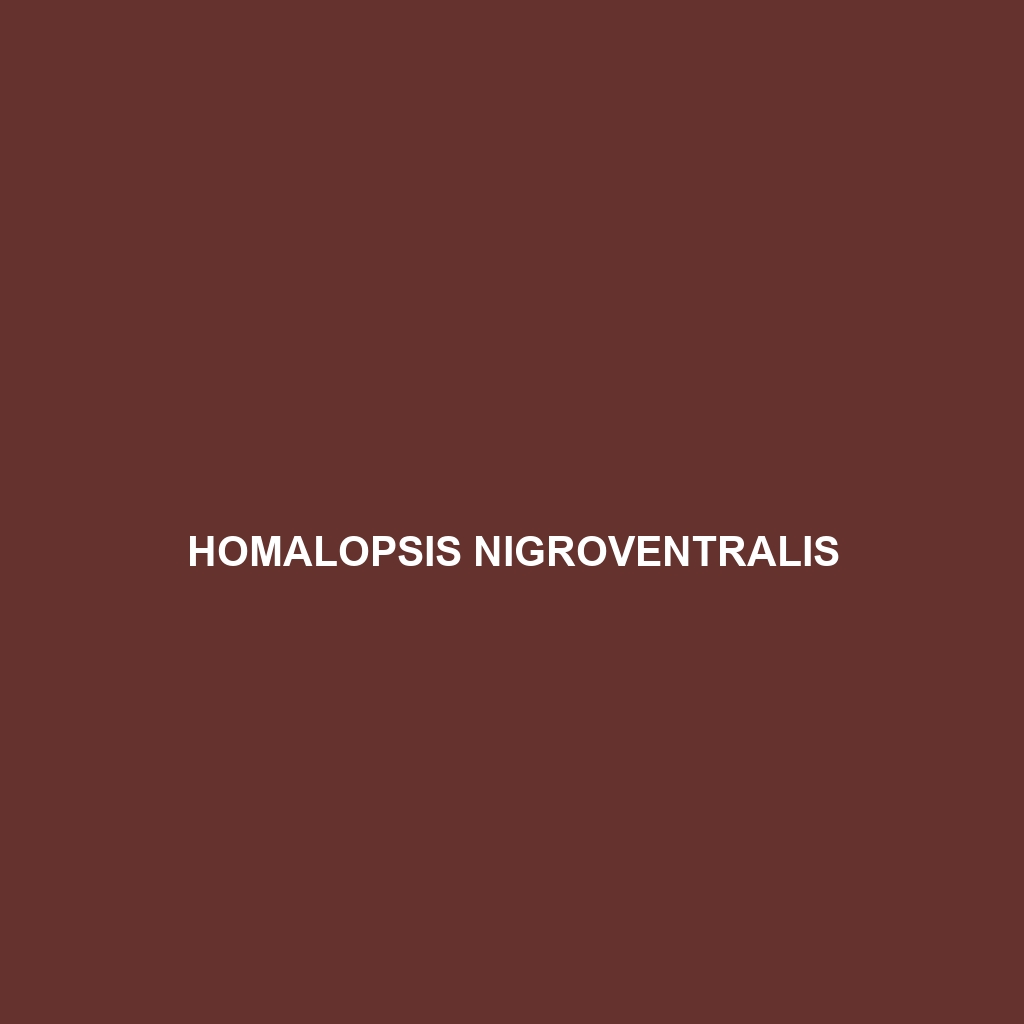<p><b>Pelusios williamsi</b>, known as Williams' Mud Turtle, is a <b>vulnerable</b> species native to the freshwater habitats of Central Africa, characterized by its smooth, elongated shell, webbed feet, and nocturnal behavior. This omnivorous turtle plays a crucial role in maintaining biodiversity by consuming aquatic insects, crustaceans, and plants while contributing to ecosystem balance through its nesting activities.</p>
Tag: swamp ecosystems
Nerodia rhombifer
<b>Nerodia rhombifer</b>, commonly known as the Diamondback Water Snake, is a robust aquatic serpent native to the southeastern United States, characterized by its distinctive diamond-shaped markings and exceptional swimming abilities. Preferring freshwater habitats, it plays a vital role in maintaining the balance of local ecosystems by preying on fish and amphibians.
Homalopsis nigroventralis
Discover the Black-bellied Homalopsis (Homalopsis nigroventralis), a fascinating aquatic snake native to the lush wetlands of Southeast Asia. With its distinctive black underside and nocturnal hunting behavior, this species plays a vital role in maintaining the balance of its ecosystem by preying on small fish and amphibians.
Calamaria septentrionalis
Discover the Calamaria septentrionalis, or northern reed snake, a slender, non-venomous species native to Southeast Asia's wetland habitats, characterized by its distinctive brown and gray coloration with darker stripes. This vulnerable snake plays a crucial role in controlling amphibian populations while relying on its exceptional camouflage and nocturnal foraging habits for survival.
Least Groove-toothed Swamp Rat
Discover the intriguing world of the Least Groove-toothed Swamp Rat (Rattus palustris), a unique rodent native to the wetlands of southeastern United States. This medium-sized species plays a crucial role in its ecosystem, thriving in rich, humid environments while contributing to plant propagation and serving as prey for larger animals. Learn about its distinct physical characteristics, dietary habits, and the conservation challenges it faces in our in-depth exploration.




